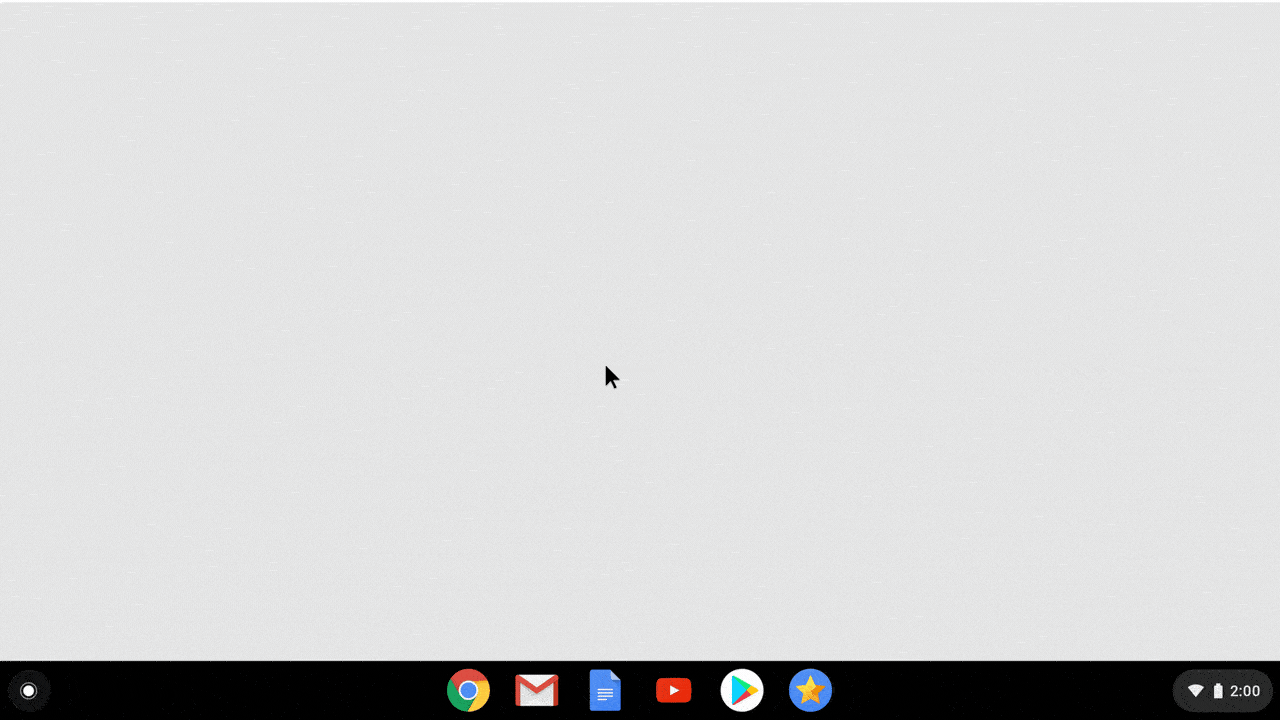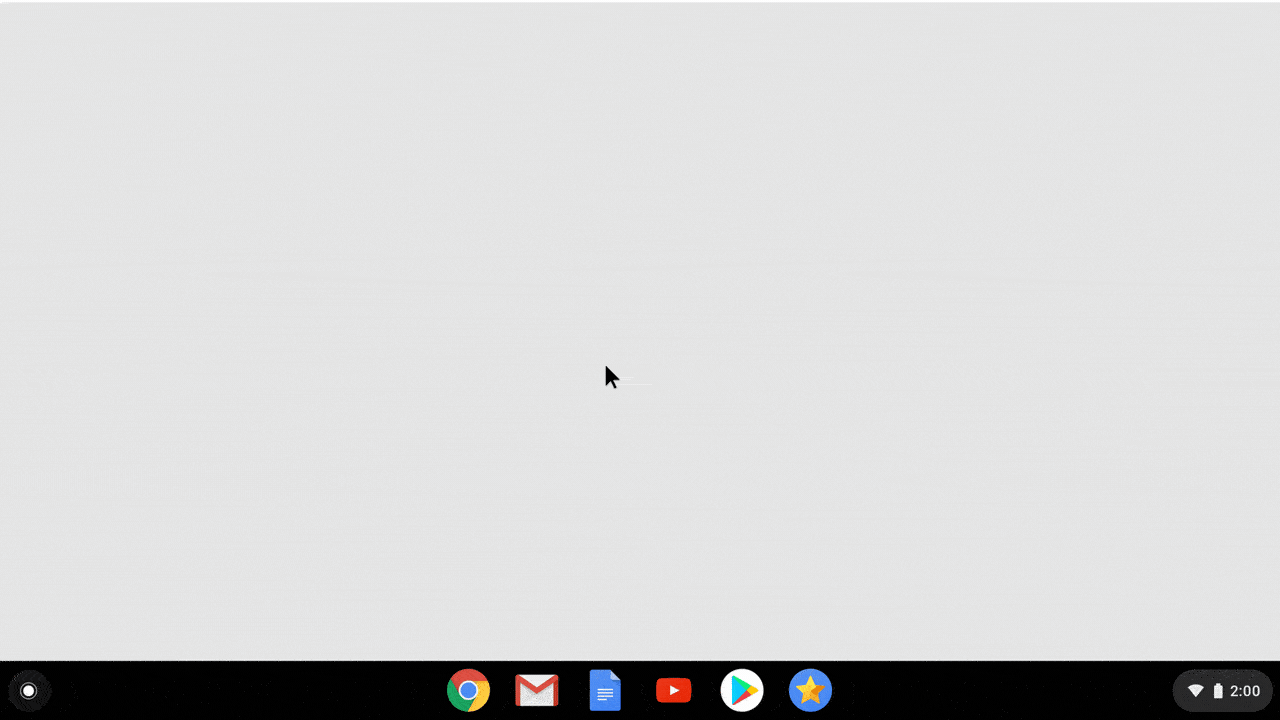The content below is taken from the original ( 6 common questions (and answers) for new Chromebook users), to continue reading please visit the site. Remember to respect the Author & Copyright.
Editor’s note:This is the first post in an ongoing tips series. If your company recently switched to Chrome OS, use these tips to get up to speed. If you’re an IT administrator, pass these tips along to your users to help them get the most out of their Chromebooks.
If you (or the end users you support) have switched from using a Mac with an OS X operating system to a Chromebook, you might have noticed a few differences. Perhaps you’ve caught yourself or heard others mumbling, “The keys are in a different spot!” or “Where is all my stuff?”
You’re not alone. Many businesses are switching to Chromebooks to help their employees stay productive. If you need help navigating your new device, here are six common questions we hear from folks who are new to Chromebooks.
1. Where’s the Command key?
You might be used to using the Command key for keyboard shortcuts. In Chrome OS, the equivalent is the Ctrl key, which you’ve probably noticed is a little farther west on your new keyboard. One great thing about Chromebooks is that you can customize them to help you be more productive. If you’re not used to having the Ctrl key far away, you can remap the Alt/Ctrl keys to bring the Ctrl key closer to your thumb for quick access.
Here’s how:
- Click the time in the bottom right corner of your screen.
- Click the gear/settings icon.
- Scroll down to “Keyboard” and switch the mapping: set Alt to Ctrl, and Ctrl to Alt.

You can now do all of your copying and pasting just like you did before. Keep in mind that keyboard shortcuts will be reversed once you remap the Alt/Ctrl keys.
2. Why is scrolling upside down?
No matter your definition of “right side up,” you can change the direction that your keyboard scrolls on a Chromebook just like you can on a Mac.
Here’s how:
- Click the time in the bottom right corner of the screen.
- Click the gear/settings icon.
- Scroll down to “Mouse and touchpad.”
- Select “Australian” scrolling to change the direction. For those working down under who prefer the Australian option, good on ya.

3. Where’s the Caps Lock key?
You may have noticed that Chromebooks do not have a Caps Lock key. To get capital letters, you can hold the Shift key as expected, but you can also press Alt + Launcher to turn Caps Lock on (Launcher is the new key where Caps Lock is on a Mac.).
The Launcher can help you search the internet, find other apps or track down files, and even do calculations. It might take some getting used to, but once you get the hang of it, you’ll be able to use it to work efficiently on projects.
4. Where are all of my files?
Because Chromebooks are built for the cloud, and local storage works a bit differently, your information gets saved within the Files app instead of on your desktop. Use the Launcher to access that app quickly and then search for what you need.
By default, everything you download will be saved automatically in the “Downloads” folder. Like other features in Chromebooks, you have the option to customize where you save documents within your settings.
Here’s how:
- Click the time in the bottom right corner of the screen.
- Click the gear/settings icon.
- Click on “Advanced” at the bottom.
- Scroll down to “Downloads.”
- Select your preferences.
You can also add subfolders just like you would on any other device by right-clicking on “Downloads” and selecting “New folder” from the drop-down menu.
5. How can I see all my open browser windows?
We all struggle with browser clutter, with too many open tabs to count. To help teams stay focused, we’ve built features into Chromebooks to help workers navigate through tabs quickly.
For example, to switch between several tabs fast, you can swipe with three fingers to the right or left (or up or down depending on if you have Australian scrolling turned on). This feature makes it easy for you to get a sense of everything you’re working on. From there, you can organize and close windows.
6. Where do I download apps?
Switching to Chrome OS means thinking differently about the way we work. Chrome OS is built for cloud productivity, which means that many of your favorite productivity apps, like Gmail and Google Docs, are web-based.
In addition to web apps, more recent Chromebooks support the Android Play Store, which means you can download a whole host of applications to supplement your work, like Salesforce for CRM or QuickBooks for accounting. Both web apps and Android apps support shortcuts and are easy to access.
Helping IT admins help their users
If you’re an IT admin, you understand that change takes some getting used to—especially as your organization transitions to the cloud. These quick tips can help ease that transition and aid training. Look for more Chromebook advice you can share with end users in future blog posts. We’ll link them here as we publish them.




